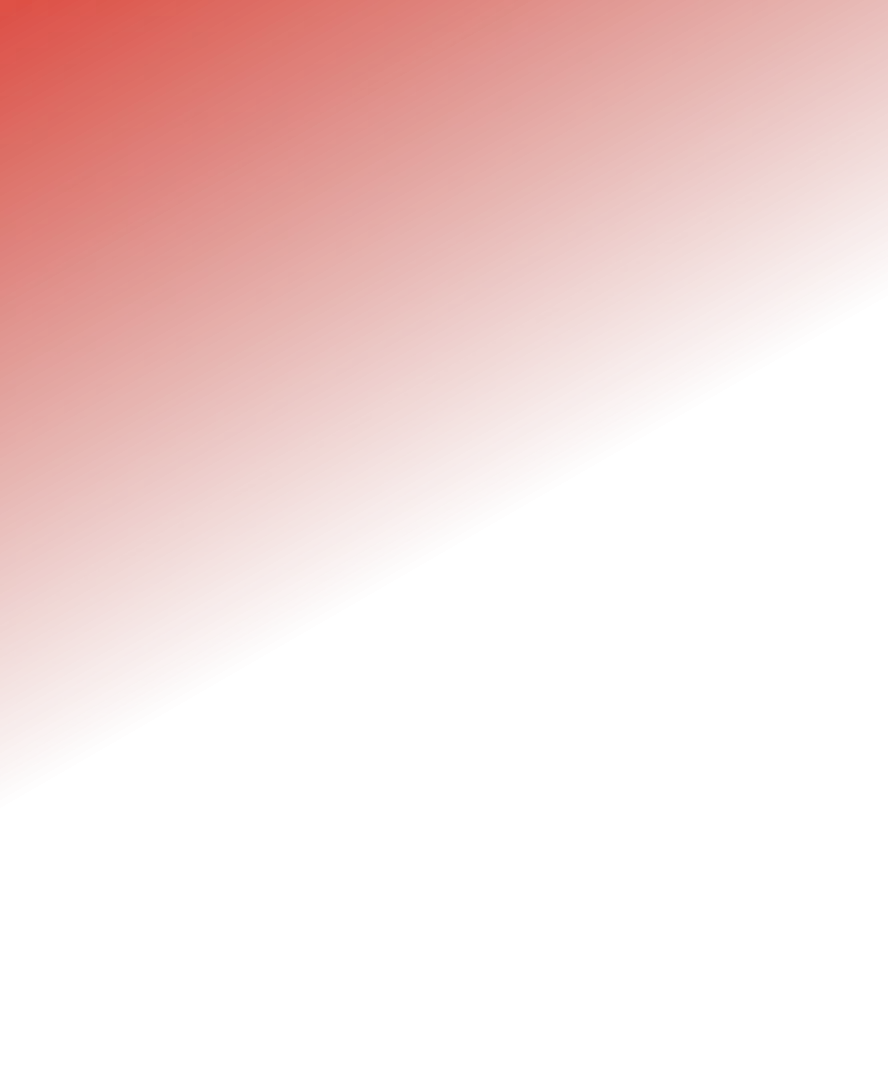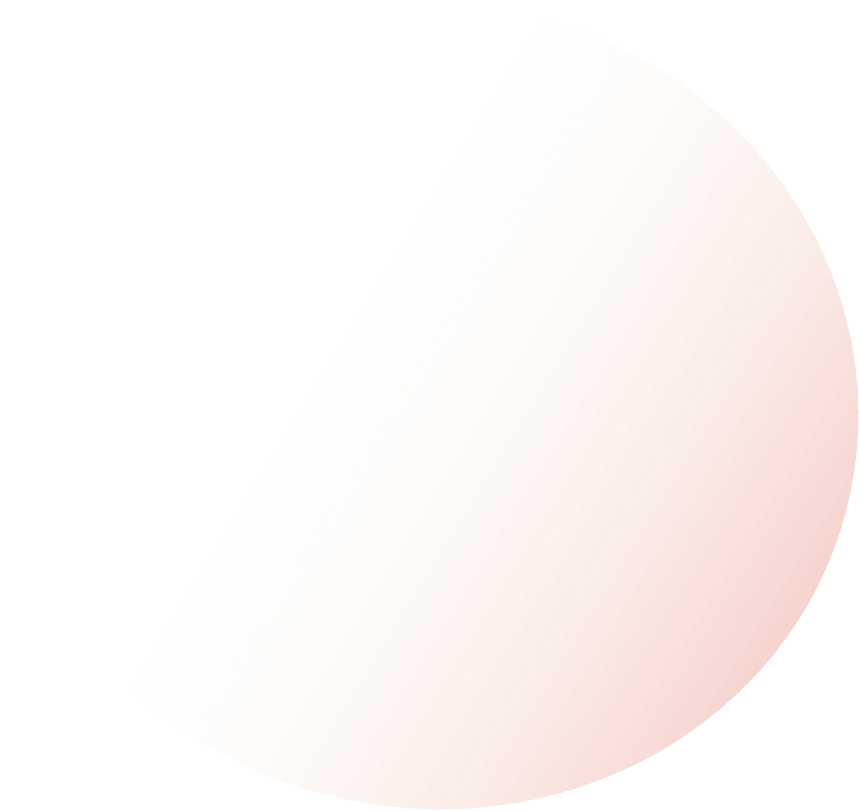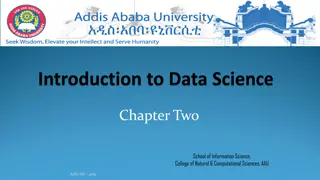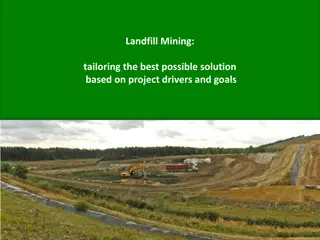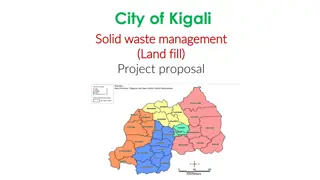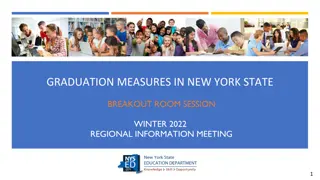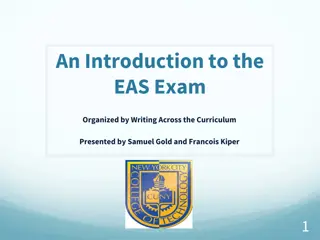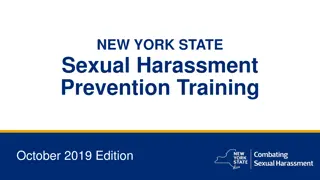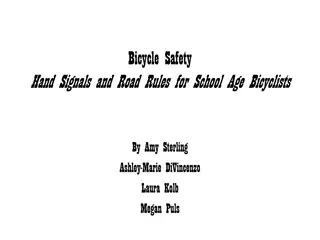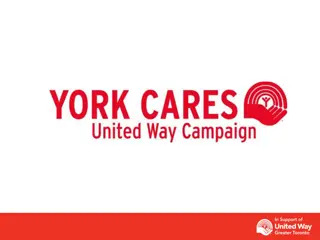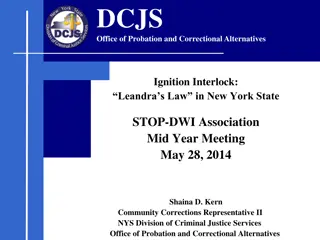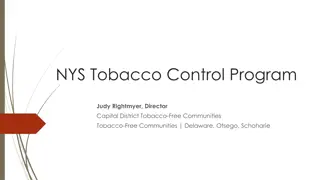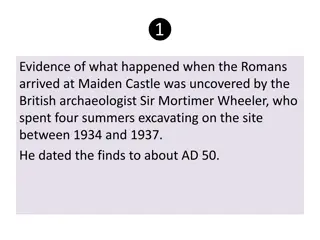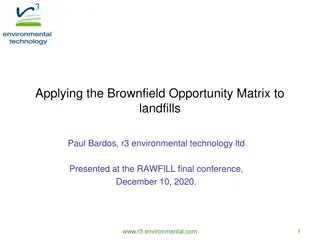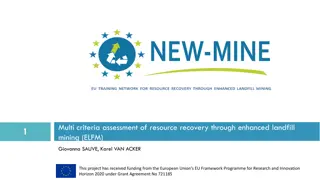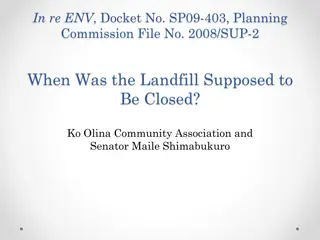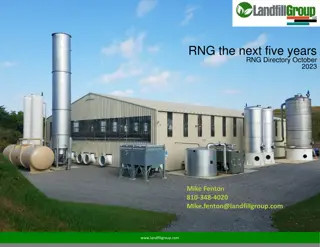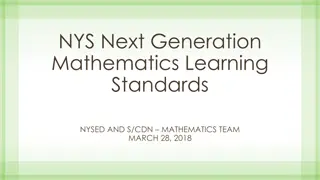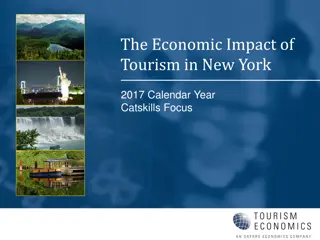Uncovering the Landfill Issue in New York State
Addressing the growing landfill problem in New York State, focusing on toxins like greenhouse gases released into the environment and bodies of water. Steps outlined to tackle the issue include problem identification, evidence gathering, and policy analysis.
Download Presentation

Please find below an Image/Link to download the presentation.
The content on the website is provided AS IS for your information and personal use only. It may not be sold, licensed, or shared on other websites without obtaining consent from the author.If you encounter any issues during the download, it is possible that the publisher has removed the file from their server.
You are allowed to download the files provided on this website for personal or commercial use, subject to the condition that they are used lawfully. All files are the property of their respective owners.
The content on the website is provided AS IS for your information and personal use only. It may not be sold, licensed, or shared on other websites without obtaining consent from the author.
E N D
Presentation Transcript
P.G. V B C - 6 0 3 PROTEIN STRUCTURE PREDICTION AND DESIGN- II 02.01.2021
KNOWLEDGE BASED APPROACHES Homology Modelling Need homologues of known protein structure Backbone modelling Side chain modelling Fail in absence of homology Threading Based Methods New way of fold recognition Sequence is tried to fit in known structures Motif recognition Loop & Side chain modelling Fail in absence of known example
TEMPLATE-BASED STRUCTURE PREDICTION Template identification Query-template alignment Model generation Model evaluation Model refinement Comparative Modeling or homology modeling: if template is easy to identify Fold recognition: If template is hard to identify, it is often called.
INPUT FOR HOMOLOGY MODELING The sequence of a protein with unknown 3D structure, the "target sequence." A 3D template a structure having the highest sequence identity with the target sequence ( >30% sequence identity) A sequence Alignment between the target sequence and the template sequence
HOMOLOGY MODELING Based on the two major observations (and some simplifications): The structure of a protein is uniquely defined by its amino acid sequence. Similar sequences adopt similar structures. (Distantly related sequences may still fold into similar structures.)
FOLD RECOGNITION = PROTEIN THREADING Which of the known folds is likely to be similar to the (unknown) fold of a new protein when only its amino-acid sequence is known?
AB-INITIO FOLDING Predict structure from first principles Requires: A free energy function, sufficiently close to the true potential A method for searching the conformational space Advantages: Works for novel folds Shows that we understand the process Disadvantages: Applicable to short sequences only
3D STRUCTURE PREDICTION TOOLS MULTICOM (http://sysbio.rnet.missouri.edu/multicom_toolbox/index.html ) I-TASSER (http://zhang.bioinformatics.ku.edu/I-TASSER/) HHpred (http://protevo.eb.tuebingen.mpg.de/toolkit/index.php?view=hhpred) Robetta (http://robetta.bakerlab.org/) 3D-Jury (http://bioinfo.pl/Meta/) FFAS (http://ffas.ljcrf.edu/ffas-cgi/cgi/ffas.pl) Pcons (http://pcons.net/) Sparks (http://phyyz4.med.buffalo.edu/hzhou/anonymous-fold-sp3.html) FUGUE (http://www-cryst.bioc.cam.ac.uk/%7Efugue/prfsearch.html) FOLDpro (http://mine5.ics.uci.edu:1026/foldpro.html) SAM (http://www.cse.ucsc.edu/research/compbio/sam.html) Phyre2 (http://www.sbg.bio.ic.ac.uk/~phyre2/) 3D-PSSM (http://www.sbg.bio.ic.ac.uk/3dpssm/) mGenThreader (http://bioinf.cs.ucl.ac.uk/psipred/psiform.html)
AUTOMATED WEB-BASED HOMOLOGY MODELLING SWISS Model : http://www.expasy.org/swissmod/SWISS-MODEL.html WHAT IF : http://www.cmbi.kun.nl/swift/servers/ The CPHModels Server : http://www.cbs.dtu.dk/services/CPHmodels/ 3D Jigsaw : http://www.bmm.icnet.uk/~3djigsaw/ SDSC1 : http://cl.sdsc.edu/hm.html EsyPred3D : http://www.fundp.ac.be/urbm/bioinfo/esypred/
P RO T E I N M O D E L Q UA L I T Y A S S E S S M E N T http://sysbio.rnet.missouri.edu/apollo/ https://servicesn.mbi.ucla.edu/SAVES/







